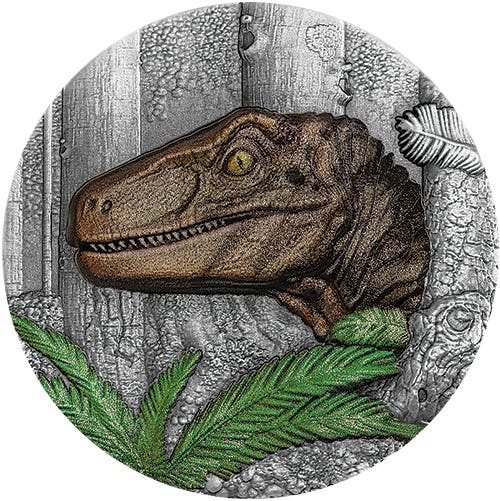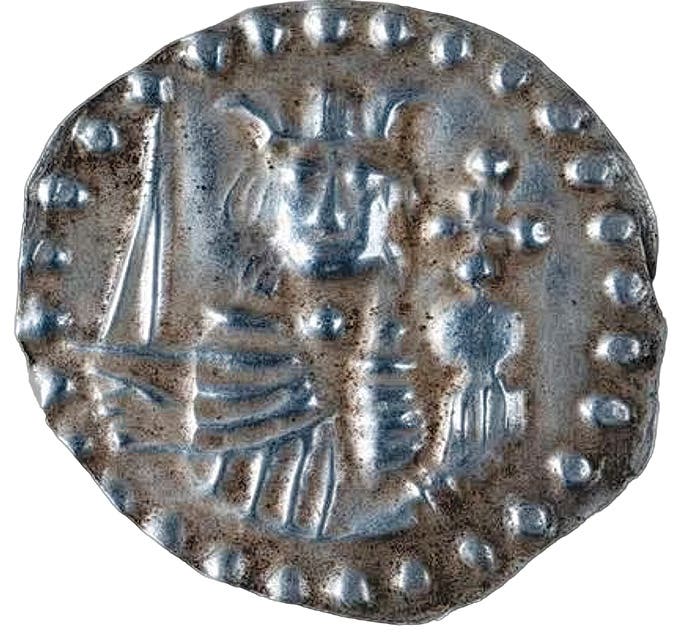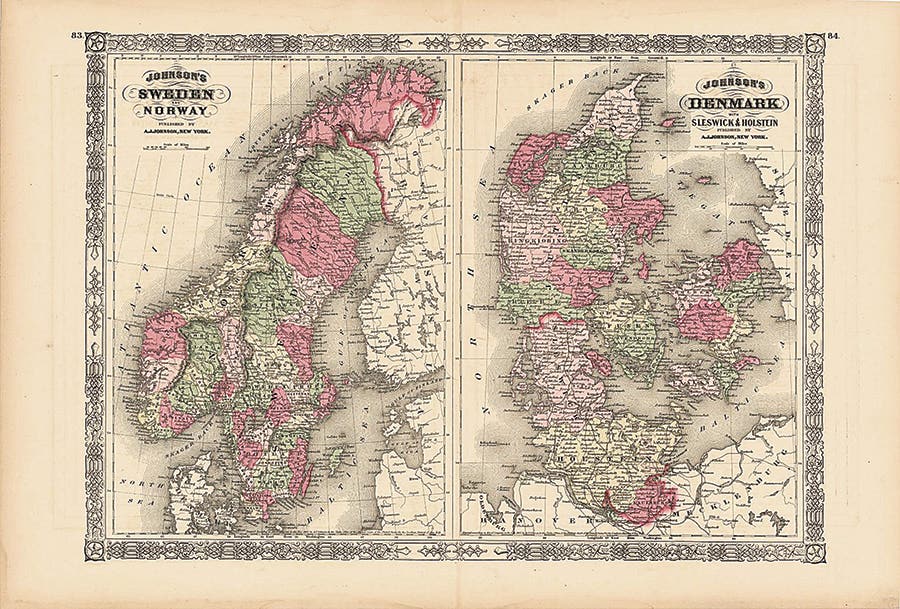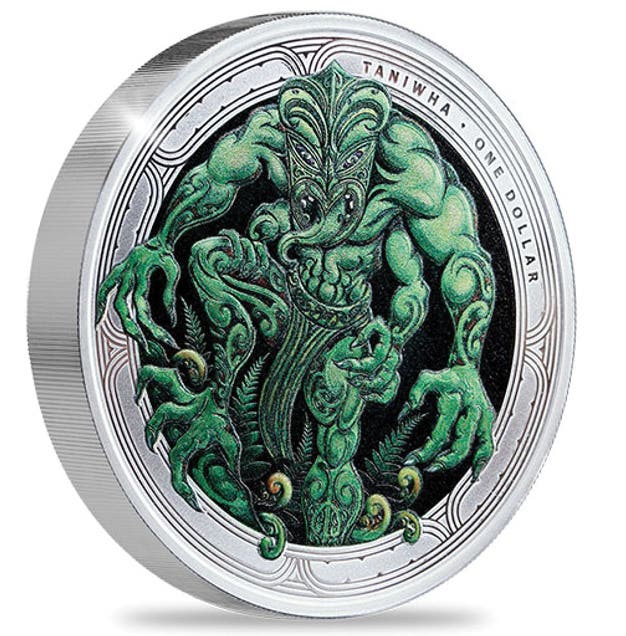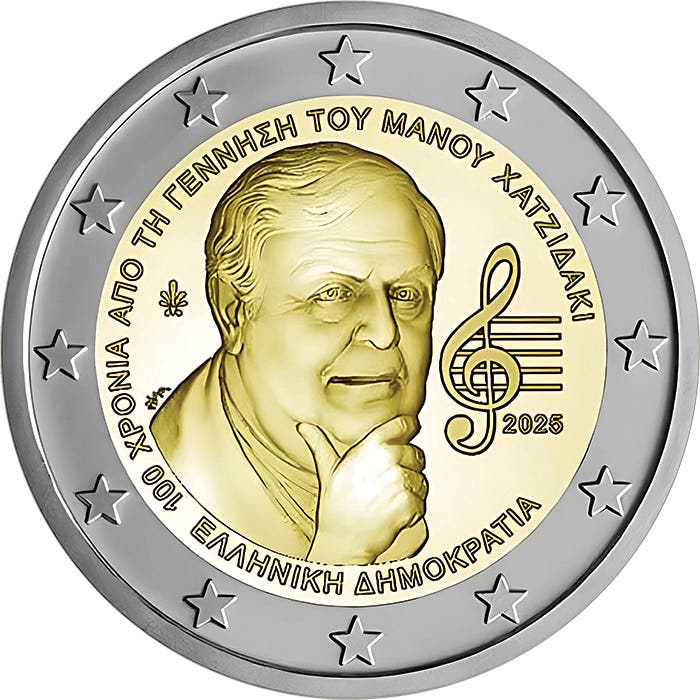Star on Coin Records Supernova Explosion
Sometimes it takes one science a long time to catch up with the science in another field. This appears now to be true of astronomy, which according to a recent…
Sometimes it takes one science a long time to catch up with the science in another field. This appears now to be true of astronomy, which according to a recent UniverseToday.com posting bylined by Andy Tomaswich, is only recently coming to the conclusion a specific star is the same star appearing on a medieval coin.
This may be news to the world of astronomy, but a quick check of the 1987 edition of David R. Sear’s Byzantine Coins and Their Values suggests this is an “I told you so” astrological epiphany long known to numismatists. Earlier editions of Sear’s work include the same information.
According to the June 23 UniverseToday.com online posting, “SN 1054 was one of the most spectacular astronomical events of all time. The supernova explosion eventually formed what is today known as the M1—the Crab Nebula. But in 1054, the year it occurred, it was an ultra-bright star in the sky and one of only eight recorded supernovae in the history of the Milky Way.”
The posting continues, “Primarily written about in the East, especially in China, SN 1054 was almost wholly absent from the Western record. Except, potentially, for a subtle hint at it in the most unlikely of places—some Byzantine coins.”
The article then goes on to identify this as a new theory according to “a multinational group of researchers in the European Journal of Science and Theology.”
According to the EJST web site, “It [EJST] aspires to offer the theological community digestible, yet fully competent accounts of [the] latest scientific research while inviting further exploration of the ethical, religious, social, and philosophical aspects of these scientific discoveries.”
The coin of which the astronomers speak is a gold histamenon nomisma of Byzantine Emperor Constantine IX Monomachus (“He who fights alone” or “gladiator”). The coin is cataloged as S.1831. The obverse is described by Sear as “bust of Christ facing, wearing nimbus crown, pallium and colobium, and raising right hand in benediction, in left hand, book of Gospels; triple border.”
It is the reverse that is of importance to both numismatists and now apparently to astronomy. The reverse is described by Sear as “bust facing, bearded, wearing crown and jeweled chlamys, and holding globe, crown and hilt of sword; in field, on either side, large star; triple border.”
Sear comments, “The large stars in the reverse field are probably a reference to a super nova which appeared in the skies during the year 1054—an event which was recorded by Japanese and Chinese astrologers.”
Michael Hendy’s Catalogue of the Byzantine Coins in the Dumbarton Oaks Collection pre-dates the work by Sear. Hendy wrote, “that they represented the 1054 appearance of supernova SN 1054, a celestial event that was widely seen and recorded by Chinese, Japanese, and Arab astronomers, as well as the Mimbres and Anasazi in North America, and possibly in contemporary Irish chronicles. Since it was visible even in daylight from when it first appeared in the constellation of Taurus on 4 July 1054 until it disappeared in April 1056, [Philip] Grierson (DOC III, p. 736) concluded that it could not have escaped the notice of anyone interested in astronomy and ‘may conceivably have found its way onto the coins [since] the dates, at all events, seem to agree.’”
UniverseToday.com doesn’t identify its source, but states: “The Class IV is thought to be minted between the summer of 1054 and the spring of 1055 and has two noticeable stars on either side of the monarch’s head. One star is thought to represent Venus, the Morning Star, while the monarch’s head itself is believed to represent the sun. The other star, though, could potentially represent the ‘guest star’ (as the Chinese observers called it) of the SN 1054 supernova.”
UniverseToday.com adds, “What’s more, the size of the stars differs slightly between the 36 coins of that vintage the researchers were able to find in museums around the world. The researchers also hypothesize that the changing size of the star could reflect the gradual dimming of the supernova in the sky during this period.”
The dies from which Byzantine coins were struck were cut individually by hand. For that reason, the size and shape of the stars depicted would likely be slightly different from die to die.
The UniverseToday.com posting concludes, “whoever minted the coins took what might have been considered a massive risk at the time, a team of scholars over 1,000 years later finally truly grasped why they did so. We can certainly appreciate that story, even if the factual basis for it is still up in the air.”
In 1991 Rutgers University astronomer Dr. Michael Molnar identified ancient Roman coins of Syria with the image of Aries as symbolizes to ancient astrologers that a new king would be born when the moon passed in front of Jupiter. It appears it is time current astronomers should consult with numismatists not only on this star, but others appearing on ancient and medieval coins as well.




